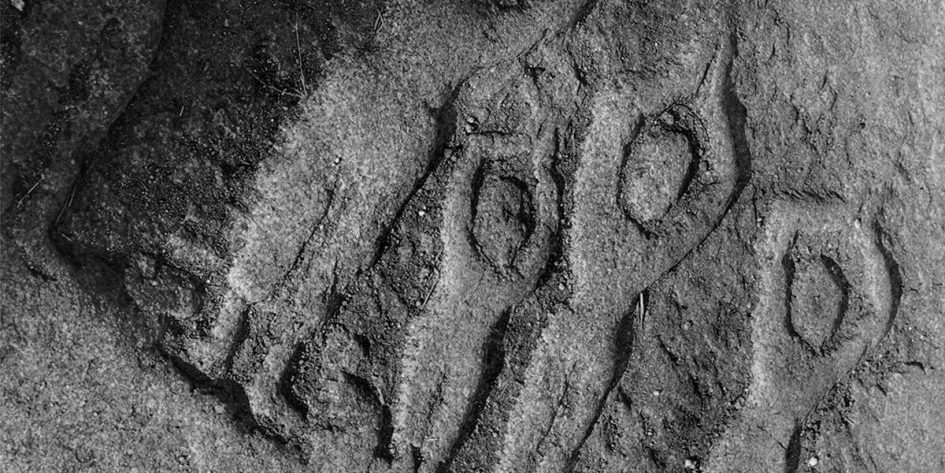Footnotes 3
AHIMSA IN THE YOGA SUTRA OF PATANJALI
1 Swami Hariharananda Aranya: Yoga Philosophy of Patañjali, State University of New York Press, 1968, p. 219.
2 Tirumalai Krishnamacharya Venkata Desikachar, Über Freiheit und Meditation. Das Yoga Sutra des Patañjali, Via Nova, 2006, p. 80. (About Freedom and Meditation. The Yoga Sutra of Patañjali; no English edition).
3 Swami Harirananda Aranya, Yoga Philosophy of Patañjali, p. 218.
4 Judith Butler, The Force of Nonviolence, Verso, 2020, p. 137.
5 David R. Hawkins, Letting Go. The Pathway of Surrender, Hay House, 2012, S. 9f.
6 Swami Harirananda Aranya, Yoga Philosophy of Patañjali, p. 220.
7 T. K. V. Desikachar, Über Freiheit und Meditation, p. 84 (All citations from the German edition, About freedom and meditation. The Yoga Sutra of Patañjali).
8 Martha C. Nussbaum, Zorn und Vergebung. Plädoyer für eine Kultur der Gelassenheit, WBG, 2017 p. 54. (citations from the German edition; English edition: Anger and Forgiveness, WBG, 2017).
9 Swami Harirananda Aranya, Yogaphilosophy of Patañjali, p. 224.
10 T. K. V. Desikachar, Über Meditation und Freiheit, p. 87.
11 T. K. V. Desikachar, Über Meditation und Freiheit, p. 87.
12 Swami Harirananda Aranya, Yoga philosophy of Patañjali, p. 227.
13 T. K. V. Desikachar, Über Meditation und Freiheit, p. 85.
14 T. K. V. Desikachar, Über Meditation und Freiheit, p. 85.
15 T. K. V. Desikachar, Über Freiheit und Meditation, p. 82.
16 Altman, Nathaniel: The Nonviolent Revolution. A comprehensive Guide to Ahimsa – The Philosophy and Practice of Dynamic Harmlessness, Guapo Publishing, 2017, p. 13.
17 Marshall B. Rosenberg, Konflikte lösen mit gewaltloser Kommunikation. Ein Gespräch mit Gabriele Seils, Herder 2012, S. 43f (‚Solving Conflicts with Nonviolent Communication‚).


